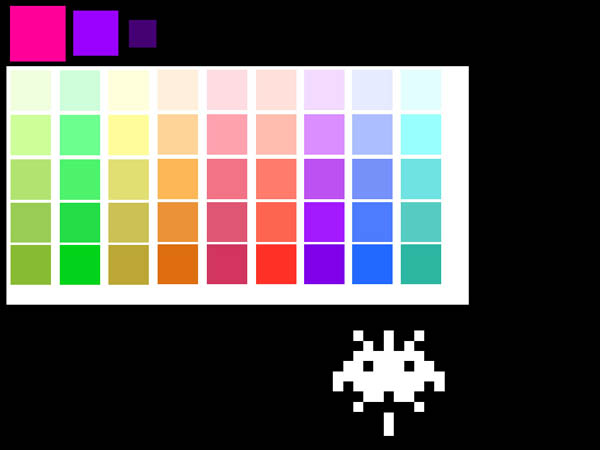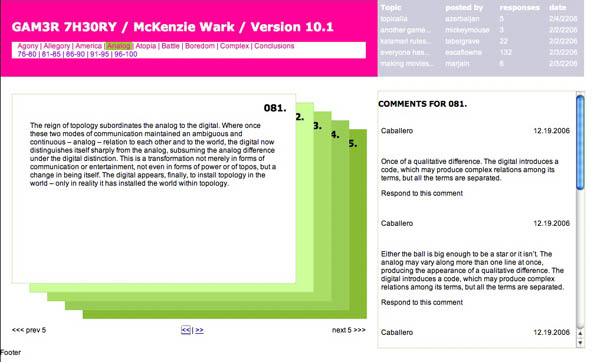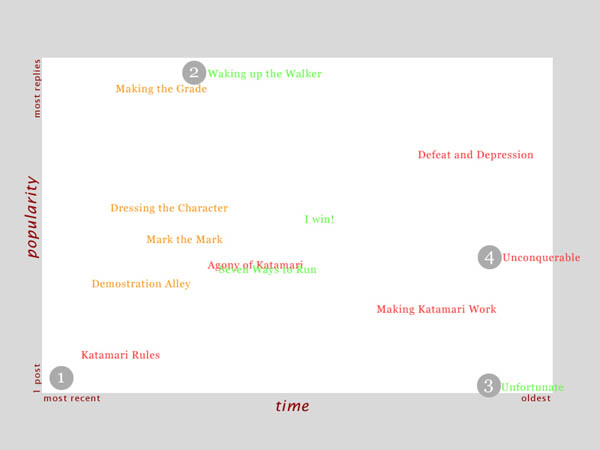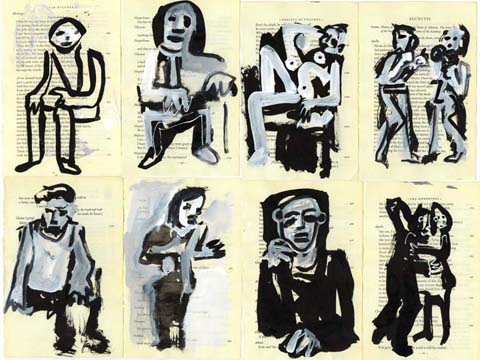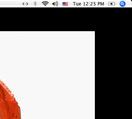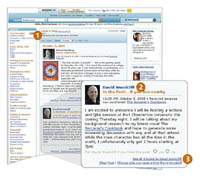Thinking about blogging: where’s it’s been and where it’s going. Recently I found food for thought in a smart but ultimately misguided essay by Trevor Butterworth in the Financial Times. In it, he decries blogging as a parasitic binge:
…blogging in the US is not reflective of the kind of deep social and political change that lay behind the alternative press in the 1960s. Instead, its dependency on old media for its material brings to mind Swift’s fleas sucking upon other fleas “ad infinitum”: somewhere there has to be a host for feeding to begin. That blogs will one day rule the media world is a triumph of optimism over parasitism.
While his critique is not without merit, Butterworth ultimately misses the forest for the fleas, fixating on the extremes of the phenomenon — the tiny tier of popular “establishment” bloggers and the millions of obscure hacks endlessly recycling news and gossip — while overlooking the thousands of mid-level blogs devoted to specialized or esoteric subjects not adequately covered — or not covered at all — by the press. Technorati founder David Sifry recently dubbed this the “magic middle” of the blogosphere — that group of roughly 150,000 sites falling somewhere between the short head and the long tail of the popularity graph. Notable as the establishment bloggers are, I would argue that it’s the middle stratum that has done the most in advancing serious discourse online. Here we are not talking about antagonism between big and small media, but rather a filling out of the media ecosystem — where a proliferation of niches, like pixels on a screen, improves the resolution of our image of the world.
from On Poetry: A Rhapsody (1733)
So, naturalists observe, a flea
Hath smaller fleas that on him prey;
And these have smaller still to bite ’em;
And so proceed ad infinitum.
Thus every poet, in his kind,
Is bit by him that comes behind.
—Jonathan Swift
At their worst, bloggers — like Swift’s reiterative fleas — bounce ineffectually off the press’s opacities. But sometimes the collective feeding frenzy can expose flaws in the system. Moreover, there are some out there that have the knowledge and insight to decode what the press reports yet fails to adequately analyze. And there others still who are not tied so inexorably to the news cycle but follow their own daemon.
To me, Swift’s satire, while humorously portraying the endless cycle of literary derivation, also suggests a healthier notion of process — less parasitic and more cumulative. At best transformative. The natural accretion over time of ideas and tradition. It’s only natural that poets build — or feed — on the past. They feel the nip at their behinds. They channel and reinvent. As do scholars and philosophers.
But having some expertise and knowing how to craft a sentence does not necessarily mean one is meant to blog. In an amusing passage, Butterfield speculates on how things might how gone horribly awry had George Orwell (oft hailed as a proto-blogger) been given the opportunity to maintain a daily journal online (think tedious rambling on the virtues of English cuisine). Good blogging requires not only a voice, but a special commitment — a compulsion even — to air one’s thinking in real time. A relish for working through ideas in the open, often before they’re fully baked.
But evidently Butterfield hasn’t considered the merits of blogging as a process. He remains terminally hung up on the product, concluding that blogging “renders the word even more evanescent than journalism” and is “the closest literary culture has come to instant obsolescence.” Fine. Blogging is in many ways a vaporous pursuit, but then so is conversation — so is theatre. Blogging, in its essence, is about discussion and about working through ideas. And, I would argue, it is as much about reading as it is about writing.
Back in August, I wrote about this notion of the blog as a record of reading — an idea to which I still hold fast. The blog is a tool (for writers and readers alike) for dealing with information overload — for processing an unmanageable abundance of reading material. Most bloggers, the good ones anyway, not only point to links (though the good pointer sites like Arts & Letters Daily are invaluable), they comment upon them (as I am doing here), glossing them for their readers, often quoting at length. The blog captures that wave of energy emitted by the reader’s mind upon contact with an idea or story.
I do think blogging goes a significant ways toward the Enlightenment ideal of a reading public, even if only one percent of that public is worth reading. Hemingway famously said that he wrote 99 pages of crap for every one page of masterpiece. We should apply a similar math to blogs, and hope the tools for filtering out that 99 percent improve over time. After all, one percent of 28 million is no small number (about the population of Buffalo, NY). I’m confident that, in aggregate, this small democratic layer illumines more than it obscures, blazing trails of readings and fostering conversation. And this, I would venture — when combined and balanced with more traditional media sources — offers a more balanced reading diet.





